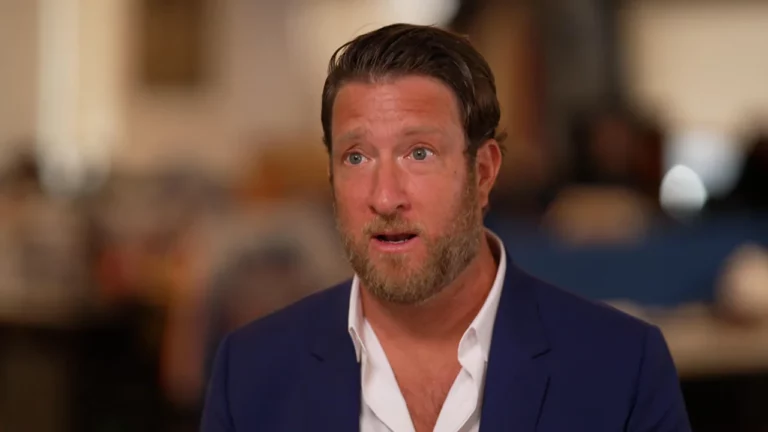Venezuela announced a large-scale military mobilization in response to what it calls a growing “imperialist threat” from the United States, escalating tensions as the Pentagon continues to surge warships, aircraft and personnel into the Caribbean.
Defense Minister Vladimir Padrino López said the operation — ordered directly by President Nicolás Maduro — will involve land, air, naval, and reserve units across the country, as well as the civilian Bolivarian Militia. The drills are expected to continue through Wednesday and are aimed at improving “command, control and communications,” according to Padrino López.
The minister described the mobilization as a necessary counter to the expanding U.S. military presence in the region, saying Venezuela must be prepared “to ensure the defense of the country.”
The Venezuelan announcement comes as the U.S. continues a major military buildup throughout the Caribbean Sea.
The U.S. Navy confirmed Tuesday that the USS Gerald R. Ford — the largest aircraft carrier in American history — has entered U.S. Southern Command’s area of responsibility. Defense Secretary Pete Hegseth redirected the carrier strike group from Europe late last month.
The group includes nine air squadrons, several Arleigh Burke–class guided missile destroyers, the command ship USS Winston S. Churchill, and more than 4,000 sailors.
In total, roughly 15,000 U.S. personnel are now believed to be operating in the region, alongside a significant share of deployed naval assets. These include the Iwo Jima Amphibious Ready Group, the 22nd Marine Expeditionary Unit, multiple destroyers, an attack submarine, a guided missile cruiser and surveillance aircraft.
The Pentagon has framed the deployments as part of a renewed campaign to combat drug trafficking, pointing to recent strikes on suspected narcotics vessels. But Caracas has repeatedly accused Washington of using anti-drug operations as pretext for pursuing regime change.
Maduro and his senior officials have long claimed that the U.S. intends to topple the Venezuelan government. Those concerns intensified after former President Trump last month revealed he had authorized CIA operations inside Venezuela. While administration officials have since said no military strikes are planned, Caracas remains skeptical.
Padrino López cast the current mobilization as part of Maduro’s broader “Independence Plan 200,” which blends military forces, militias and police units into a unified national defense strategy.
Venezuela’s conventional military numbers about 123,000 personnel, but Maduro has claimed that his volunteer militias include more than 8 million reservists — a figure that outside analysts say is inflated and not indicative of actual combat readiness.
The United States has also increased its footprint in Puerto Rico, deploying 10 F-35 fighter jets to the island along with at least three MQ-9 Reaper drones. Approximately 5,000 U.S. troops are stationed on the island as part of the expanded Caribbean presence.
U.S. bombers have flown multiple training missions near Venezuela in recent months, including an “attack demonstration” conducted in late October.
Washington has not signaled any intention to scale back its presence, and Venezuelan officials — wary of both covert action and potential military pressure — say they will continue to mobilize forces as needed.
(YWN World Headquarters – NYC)











